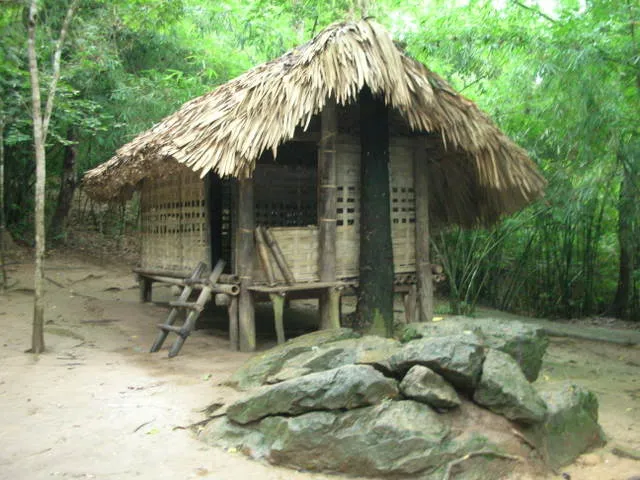The French Revolution, one of the most impactful events in human history, profoundly altered the political and social landscape of France and the world. From popular uprisings to the collapse of the monarchy, from Enlightenment ideals to horrific executions, the French Revolution was a period of dramatic upheaval and intensity. Today, the revolution’s imprint remains visible across France through historical sites, architectural landmarks, and stories passed down through generations.
Tracing the French Revolution: Exploring Historical Sites
To truly understand the French Revolution, there’s nothing like directly exploring the historical sites associated with this pivotal event. These locations are not just ancient structures; they are living witnesses to a turbulent era in history.
The Bastille: Symbol of Oppression and Revolt
The Bastille, a formidable fortress in the heart of Paris, once symbolized the oppression and tyranny of the monarchy. It held political prisoners, individuals deemed enemies of the king. On July 14, 1789, the people of Paris stormed and seized the Bastille, a watershed moment marking the beginning of the French Revolution.
Today, the Bastille is gone, but the Place de la Bastille remains a significant historical site. The July Column (Colonne de Juillet) stands tall, commemorating those who perished in the July Revolution of 1830, an event that echoed the spirit of the French Revolution.
Palace of Versailles: From Royal Power to Witness of Collapse
The Palace of Versailles, a magnificent and extravagant architectural masterpiece, was once the residence of French monarchs and a symbol of the absolute power of the monarchy. However, Versailles’ very opulence and extravagance fueled public discontent, contributing to the French Revolution.
In the early days of the revolution, Versailles became a focal point of protests and riots. In October 1789, a crowd of Parisian women marched to Versailles, forcing King Louis XVI and the royal family to leave the palace and relocate to Paris, effectively ending Versailles’ era of grandeur.
Today, Versailles is a UNESCO World Heritage site, attracting millions of visitors annually. Tourists can explore the opulent rooms, vast gardens, and learn about the lives of French monarchs, as well as the pivotal historical events that unfolded here.
Tuileries Palace: Royal Residence During the Revolution
The Tuileries Palace, situated between the Louvre Palace and Place de la Concorde, served as the residence of King Louis XVI and the royal family during the French Revolution. After leaving Versailles, the king was placed under house arrest at the Tuileries, becoming a hostage of the revolution.
The Tuileries Palace witnessed numerous crucial events of the revolution, including the attack on August 10, 1792, when revolutionary crowds stormed the palace, arrested the king, and overthrew the monarchy. The Tuileries Palace was destroyed during the Paris Commune uprising in 1871, and today only the expansive Tuileries Garden remains.
Place de la Concorde: Witness to Executions
Place de la Concorde, one of Paris’s largest squares, was once the site of the guillotine during the French Revolution. Thousands of people, including King Louis XVI and Queen Marie Antoinette, were executed here.
Today, Place de la Concorde is a significant historical landmark, adorned with beautiful statues and fountains. The Luxor Obelisk, a gift from Egypt, stands as the square’s centerpiece and a reminder of the area’s turbulent past.
Panthéon: Resting Place of French Luminaries
The Panthéon, a colossal architectural monument in the Latin Quarter, is the final resting place of distinguished French figures who made significant contributions to the nation and humanity. Many key figures of the French Revolution, such as Voltaire, Rousseau, and Victor Hugo, are interred here.
The Panthéon symbolizes the spirit of the Enlightenment and the values of the French Revolution. It honors those who fought for liberty, equality, and fraternity—ideals that remain relevant today.

Food and Revolution: The Taste of Freedom
The French Revolution not only transformed politics and society but also influenced French cuisine. The collapse of the monarchy opened up new opportunities for creativity and innovation in the culinary arts.
Before the revolution, French cuisine was dominated by the aristocracy and royalty, featuring extravagant and elaborate dishes. After the revolution, French cuisine became more accessible and down-to-earth, with simpler dishes using local ingredients.
One of the symbols of revolutionary cuisine is bread. During the revolution, bread became a critical political issue as prices soared, causing public discontent. Bread became a symbol of survival and an indispensable part of the revolution.
Sports and Revolution: The Spirit of Unity and Equality
The French Revolution also impacted the development of sports in France. During the revolution, sports activities were encouraged as a way to build the health and spirit of the citizenry.
One of the most popular sports during the revolution was fencing. While fencing was considered an aristocratic sport, it became more widespread among the common people during the revolution. Fencing was seen as a symbol of courage and fighting spirit, qualities essential for the revolution.
Conclusion
The French Revolution was a monumental historical event with a profound impact on France and the world. Historical sites, architectural landmarks, and stories passed down through generations are living testaments to a turbulent era in history.
Exploring the sites related to the French Revolution is an engaging and enriching journey, helping us better understand the history, culture, and values of the revolution. It also serves as a reminder of the importance of liberty, equality, and fraternity—ideals we must continue to uphold and promote.